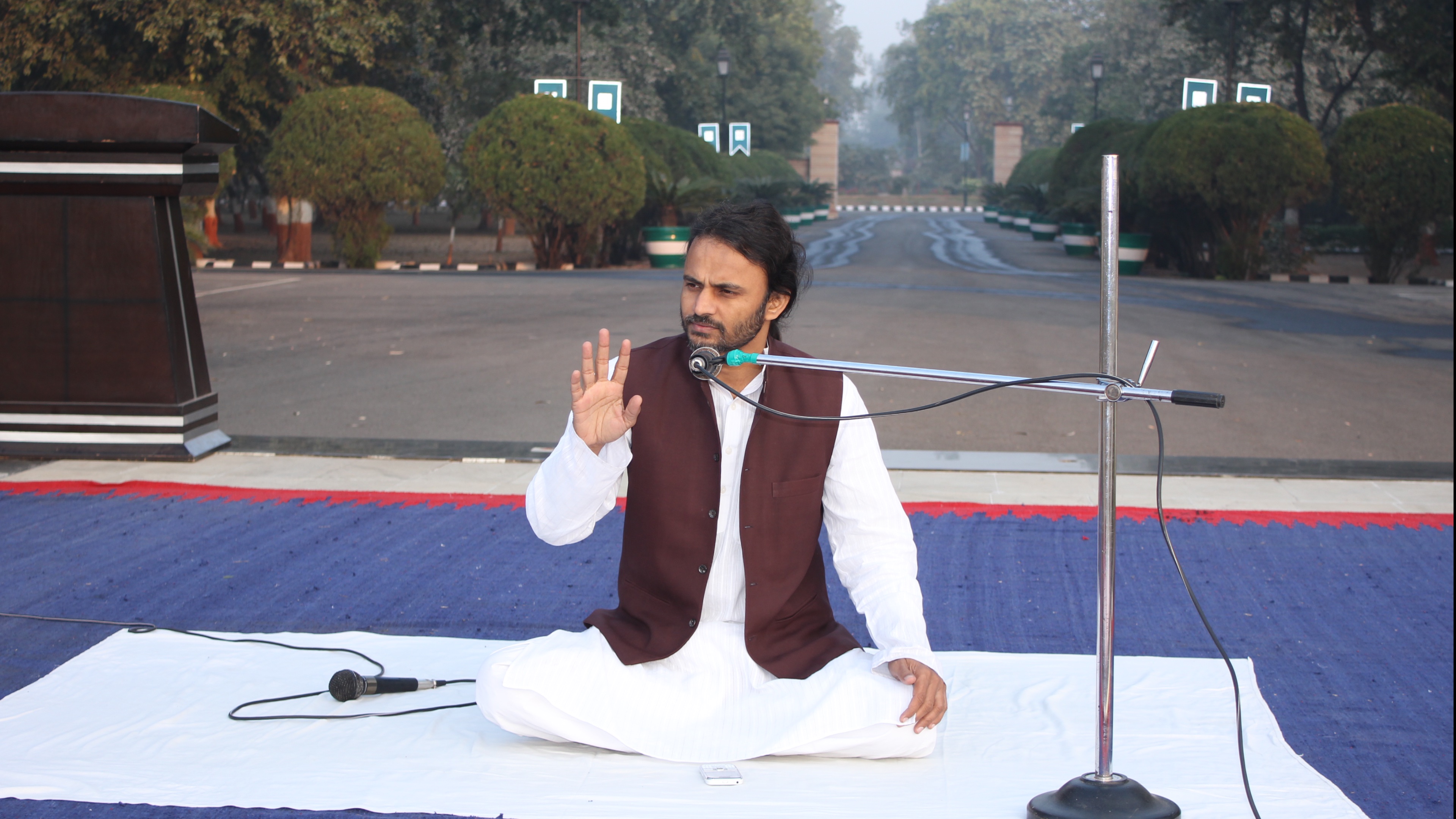
The Labyrinth of Memory
1 year ago By Yogi AnoopThe Labyrinth of Memory: Finding Stillness in a World of Thoughts
Student: Guruji, why does memory feel so overwhelming at times? It’s like a web that keeps pulling me back.
Yogi Anoop: That’s an insightful observation. Memory truly is like an invisible pot, created by our own selves, drawing us in with its depth and allure. Over time, this self-created construct becomes a resting place for the mind. The mind craves stability, a sanctuary, and memory provides endless caves of past experiences where it can dwell. It’s almost as if the mind has built its home within these memories, losing touch with the present moment.
Student: But Guruji, why does the mind keep returning to the past? Doesn’t it create problems?
Yogi Anoop: That is a very thoughtful question. The truth is, revisiting and resting in memory is the easiest approach for the mind. The mind is always searching for something to hold on to—a place or an object. Memory, being its own creation, naturally becomes that place of rest, offering a temporary sense of relaxation. However, this stillness can often lead to entanglement. Spending too much time in memories traps the mind, much like a spider caught in its own web. The more the mind struggles to escape, the more intricate and binding the web becomes, complicating its freedom.
Student: So, this cycle of thoughts—how can one escape it?
Yogi Anoop: This cycle is the true labyrinth. One thought gives rise to another in an endless chain, making it seem almost impossible to break free. Even positive thoughts have their own specific chains, which are equally unbroken. In the beginning, the mind may feel engaged and even experience a sense of ecstasy, but over time—sometimes after years—this leads to mood swings, disconnection from the present, constant anxiety, and even physical effects like mental strain, depression, and insomnia. At its worst, it can leave a person feeling utterly defeated. The primary reason for this is the excessive use of the brain, driven by the unbroken chain of thoughts.
Student: Is there a way out of this labyrinth?
Yogi Anoop: Absolutely. There is only one true way to escape this labyrinth, and that is by understanding the true nature of existence. The root cause of this endless chain of thoughts lies in its voluntary activities, governed by mental and sensory efforts. This excessive reliance on voluntary actions and thought production leads to side effects on both the micro and macro levels of the body.
To break free, one must turn to involuntary or natural activities. For instance, observe the natural rhythm of your breath—the way it flows effortlessly, like it does during deep sleep. When the mind experiences this natural state, it begins to transcend the realm of thoughts, achieving the same profound peace that deep sleep provides.
In essence, the labyrinth of thoughts, created by our voluntary actions, can be dissolved through the practice of involuntary activities. This demonstrates that to end a thought, we shouldn’t counter it with another thought but instead adopt a system of non-thought. Breaking the chain of thoughts requires embracing this state of non-thought, which is the most effective approach to true liberation.
Student: How should one begin experiencing natural, involuntary actions during meditation?
Yogi Anoop: To begin, sit in a meditative posture and try to observe the involuntary activities occurring within your body. For example, simply experience the natural flow of your breath as it moves in and out. Just observe—do not interfere with it in any way. Though this may initially feel monotonous, remember that this happens because the mind is accustomed to constant activity and engagement.
Due to its habitual tendency to revisit memories or cling to events, the mind often resists this practice. However, make an effort to simply observe the natural rhythm of your breath. This practice, though subtle, can gradually train the mind to experience the state beyond its usual patterns of interference and activity.
Student: How can one practice experiencing natural rhythms during daily activities?
Yogi Anoop: During your daily tasks, make an effort to experience the natural, involuntary rhythm of your actions. Perform each task slowly and deliberately, ensuring a harmonious coordination between your sensory organs and motor organs. This harmony prevents the mind from drifting into memory or projecting into the future.
With consistent practice, this approach allows your senses to experience calmness and stability. By focusing on the present moment and aligning your actions with natural rhythms, the mind gradually learns to remain centered and free from distractions.
Student: How can one practice experiencing natural rhythms during the practice of yoga postures and pranayama activities?
Yogi Anoop: While practicing yoga postures and pranayama, it is essential to move very slowly and gently, allowing yourself to experience the state of non-doership and natural involuntary rhythm. The true essence lies in feeling a state of stillness even while performing the actions.
Instead of controlling the pace, focus on experiencing a sense of relaxation and ease in your movements. This is why ancient yogis, understanding this profound secret, emphasized self-practice and the importance of personal exploration in achieving this state. By doing so, one can connect deeply with the core essence of the practice.
Turtle Yoga and Breathing: Practice the Turtle Yoga and Breathing techniques I teach. These are based on philosophical principles that emphasize slowing down movement and actions. By doing so, you begin to experience a profound stillness, a sense of detachment even while performing actions.
Recent Blog
Copyright - by Yogi Anoop Academy
